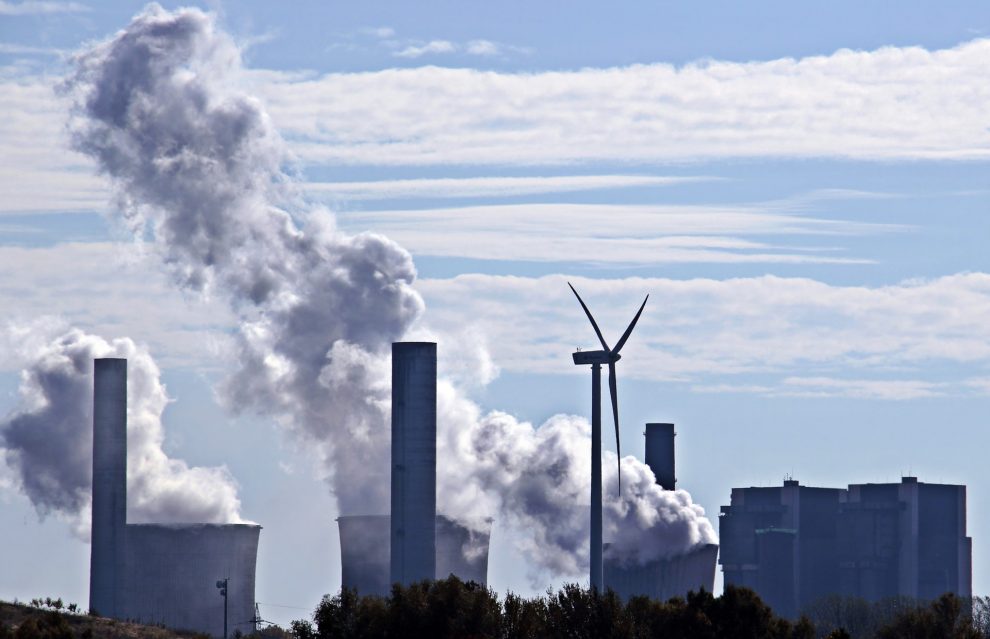Tariffs in the Solar Energy sector in India have stabilized at around Rs.2.50 to Rs.2.87 per kWh
A latest study by IEEFA (Institute for Energy Economics and Financial Analysis) shows that tariffs in the Solar Energy sector in India have stabilized at around Rs.2.50 to Rs.2.87 per kWh. These tariffs are approximately 20% to 30% less than the cost of thermal power in the country and around half the price of new coal-fired power. This indicates that the tariffs are competitive enough for both domestic and global investors to invest in zer0-emissions energy in the subcontinent.
However, tariffs below Rs.2.50 per kWh are not viable in the solar power market in India. Conditions in India are in stark contrast to energy markets in other countries across the globe.
“Developers have already reduced their return expectations from 14% to 12%, with tariffs being achieved as low as Rs.2.5/kWh. While this rate is very competitive compared to thermal plant tariffs, and lucrative for power distribution companies entering long-term power purchase agreements, this is a floor for developers if they want to make money,” says Vibhuti Garg, IEEFA energy economist.
According to the report, entities like SECI (Solar Energy Corporation of India) and NTPC (National Thermal Power Corporation) played an important part in generating an inclination to invest in the country in the minds of international investors.
As per one of the researchers on the project, factors such as interest rates, module costs and capacity utilization factors (CUF) have significant impacts on the state of solar tariffs within the region. Landed costs of modules that are primarily imported from China go a long way in affecting tariffs. But the falling module prices balances this out.
In terms of CUF, the solar resource quality across states in the country varies by large margins. This obviously affects the utilization factors which vary from state to state. Decrease in CUF has an impact on project returns as well.
Solar tariffs have had an interesting trajectory since the inception of solar power in the country. Solar power is developing quickly in this country where most states witness over 300 sunny days in a year. The exceptional quantity of solar irradiance in India makes it a very viable market for solar energy development. But, if this were the only factor driving solar markets, India would have surpassed other economies in no time. Unfortunately, the market is driven by other factors like financing, raw material availability and government policies and subsidies. The Indian ecosystem has multiple drawbacks as well such as poor transmission, land availability and red tapism putting a break on the growth of the industry. As of March 31, 2020, India’s installed solar energy capacity stands at 37.62 GW. This is a far cry from the country’s target of 100 GW of solar to be installed by 2022 as per the JNNSM (Jawaharlal Nehru National Solar Mission). To make matters work, the COVID crisis has side-tracked projects in the pipeline and has delayed the uptick of new tenders and projects. The government having prioritized crisis management and economic recovery, has placed renewable growth on a temporary back burner, making it harder for developers and IPP players alike. However, countries like the United States and Germany have seen unprecedented consumption and capacity addition from clean energy technologies, adding renewed hope for the sector. The effect of COVID lockdown on air pollution levels globally was staggering and should be incentive enough to regain momentum with more vigour once the situation subsides and economies bounce back.














Add Comment